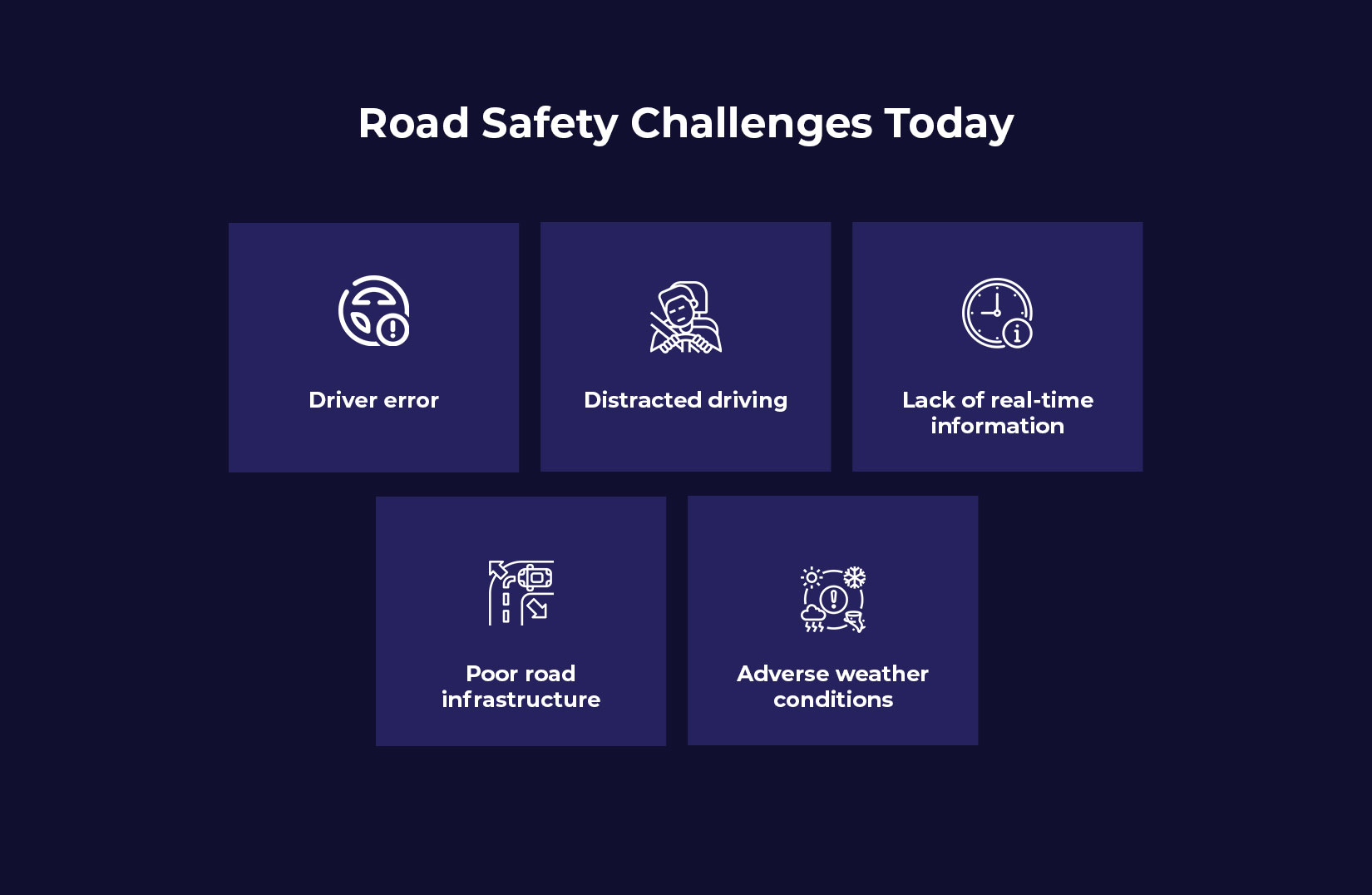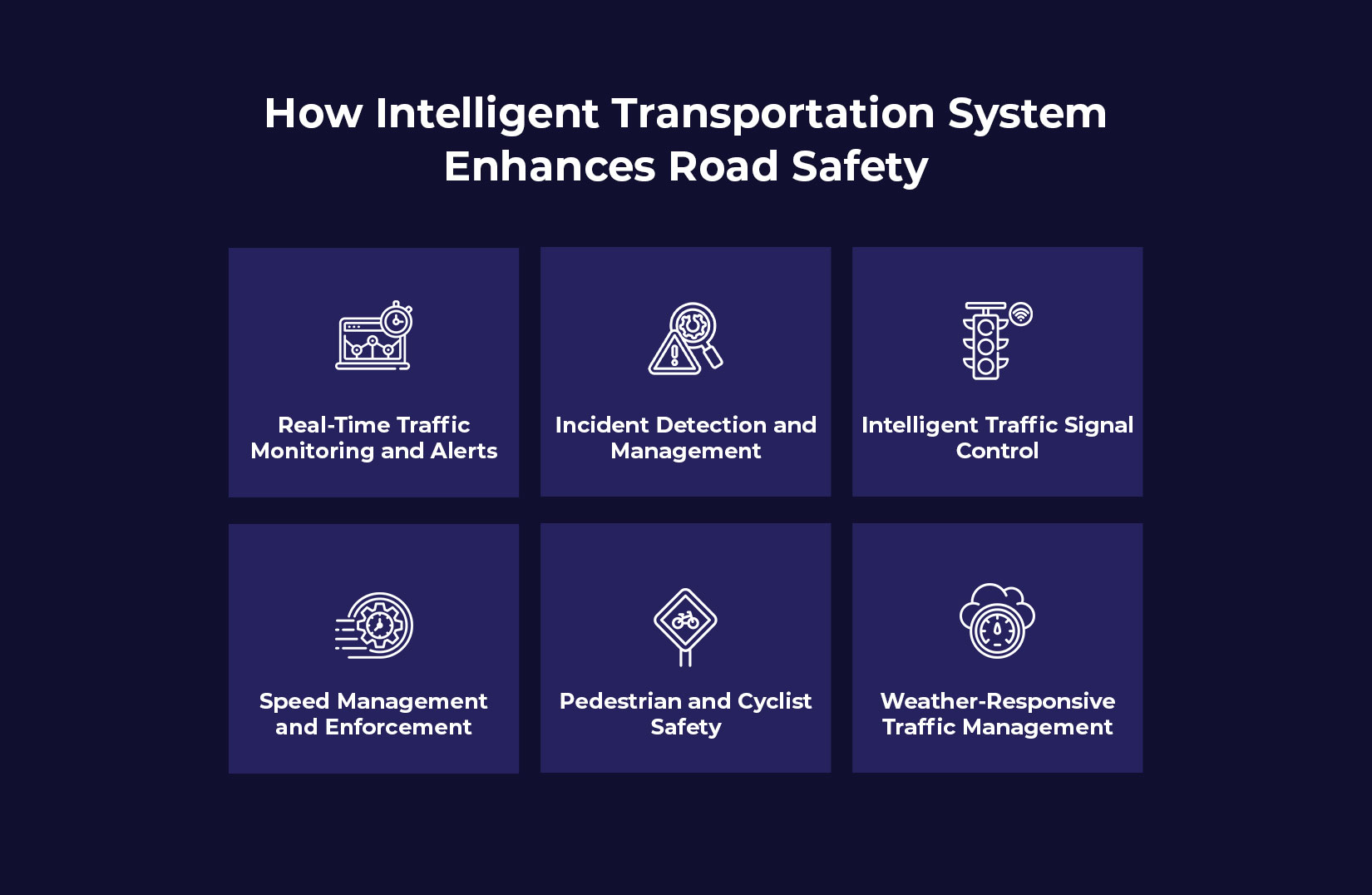
How Intelligent Transportation System is Enhancing Road Safety
Road safety continues to be a major global concern. According to the World Health Organization, approximately 1.19 million people die each year due to road traffic accidents. In response, countries are turning to advanced technologies to reduce accidents and create safer travel environments. Among these, the Intelligent Transportation System (ITS) stands out as a transformative solution for modern road networks.
What is an Intelligent Transportation System?
An Intelligent Transportation System integrates various technologies—such as sensors, GPS, communication systems, and analytics—to improve traffic flow, reduce congestion, and enhance safety. ITS collects real-time data from vehicles, road infrastructure, and environmental conditions to support informed decision-making.
By leveraging intelligent transportation software, authorities can monitor and manage traffic conditions dynamically, respond faster to incidents, and implement predictive safety measures.
Road Safety Challenges Today

Before diving into how ITS contributes to road safety, it’s crucial to understand the key challenges:
1. Driver Error:
It is a leading cause of accidents, accounting for over 90% of crashes globally. Factors such as distracted driving, fatigue, and impaired judgment significantly increase the risk of collisions.
2. Distracted Driving:
This has surged with the widespread use of smartphones and in-car infotainment systems. Activities like texting, calling, or using GPS while driving divert attention from the road.
3. Lack of Real-Time Information:
This leaves drivers unaware of sudden traffic slowdowns, accidents, or hazardous conditions ahead, leading to abrupt braking, lane changes, and rear-end collisions.
4. Poor Road Infrastructure:
Poor road infrastructure including potholes, unclear signage, inadequate lighting, and poorly designed intersections — creates confusion and unsafe driving environments.
5. Adverse Weather Conditions:
Conditions such as rain, fog, and snow further complicate driving, often catching drivers unprepared.
These issues demand proactive, technology-driven solutions to prevent accidents before they happen, and this is where ITS comes into play.
How Intelligent Transportation System Enhances Road Safety

1. Real-Time Traffic Monitoring and Alerts:
Intelligent transportation software collects real-time data from surveillance cameras, sensors, and GPS-enabled devices. This data is analyzed to detect unusual patterns such as sudden braking, vehicle congestion, or lane departures. When an anomaly is identified, instant alerts are sent to drivers and traffic control centers.
This real-time responsiveness minimizes the risk of chain-reaction accidents and improves emergency response times.
2. Incident Detection and Management:
Accidents and vehicle breakdowns can lead to secondary crashes. ITS enables quick detection through AI-powered video surveillance and vehicle-to-infrastructure communication. Once an incident is detected, dynamic signboards can redirect traffic, while emergency services are dispatched immediately.
A study by the Federal Highway Administration (FHWA) found that effective incident management through ITS reduced accident rates by 15-20% in urban areas.
3. Intelligent Traffic Sign Control:
Traditional traffic lights work on fixed schedules. However, ITS deploys intelligent transportation technology to adjust signal timings based on real-time traffic conditions. This reduces red-light running—a frequent cause of intersection accidents—and optimizes traffic flow.
Adaptive signal control systems can reduce intersection crashes by up to 25%, according to the U.S. Department of Transportation.
4. Speed Management and Enforcement:
Overspeeding is a significant contributor to fatal accidents. ITS uses speed detection cameras and radar systems to monitor vehicle speeds. Speed limits are adjusted dynamically based on weather, traffic conditions, and road work zones.
Drivers are warned in advance about upcoming changes, and violators are automatically flagged for enforcement, promoting safer driving habits.
5. Pedestrian and Cyclist Safety:
ITS integrates sensors and connected devices at pedestrian crossings and bike lanes to alert drivers about nearby non-motorized users. Advanced intelligent transportation solutions also feature AI-powered vision systems that can detect pedestrians and trigger alerts if a collision risk is detected.
Smart crosswalks and pedestrian signals have reduced pedestrian injuries by up to 30% in pilot projects worldwide.
6. Weather-Responsive Traffic Management:
Rain, snow, and fog drastically increase accident risks. ITS incorporates weather monitoring sensors that communicate road surface conditions, visibility levels, and temperature data to control centers and vehicles.
This weather-responsive system adjusts speed limits, activates warning signs, and notifies drivers about dangerous conditions, significantly enhancing road safety.
The Role of Intelligent Transportation Software
At the heart of every effective ITS lies powerful intelligent transportation software. This software plays a crucial role by aggregating vast amounts of data from diverse sources such as traffic cameras, vehicle sensors, GPS devices, and weather monitoring systems. It uses advanced AI and machine learning algorithms to detect anomalies, predict congestion patterns, and identify potential hazards.
Integration with Connected and Autonomous Vehicles (CAVs)
As Connected and Autonomous Vehicles (CAVs) enter the mainstream, the synergy with intelligent transportation technology will become even more critical. ITS can enable vehicle-to-vehicle (V2V) and vehicle-to-infrastructure (V2I) communication.
These interactions will allow vehicles to:
– Share location, speed and trajectory.
– Adjust routes dynamically to avoid danger.
– Cooperate at intersections without traffic signals.
Such innovations aim to reduce accidents caused by human error, which remains the dominant cause of crashes today.
Global Examples of ITS in Action

Japan
Japan has pioneered ITS with its Vehicle Information and Communication System (VICS), which broadcasts real-time traffic data to vehicles. This system has led to a 30% reduction in congestion-related incidents.
United States
The U.S. has implemented ITS solutions across major highways through the Intelligent Transportation Systems Joint Program Office (ITS JPO). Their smart work zone technologies have decreased crash rates in work zones by up to 40%.
Europe
In countries like the Netherlands and Germany, dynamic speed limits and lane control systems have significantly improved road safety during high-traffic hours and adverse weather conditions.
Future of Road Safety with ITS
With the continued evolution of intelligent transportation technology, the future of road safety looks promising. Some anticipated advancements include:
– AI-powered predictive crash modeling.
– Enhanced integration with autonomous fleets.
– Real-time hazard recognition using computer vision.
– Nationwide deployment of Vehicle-to-Everything (V2X) infrastructure.
Government initiatives and private investments are pushing the boundaries of what intelligent transportation solutions can achieve, aiming for “Vision Zero”—a future with zero road fatalities.
Conclusion
The Intelligent Transportation System is more than just a traffic management tool—it’s a life-saving technology. Through real-time data, smart infrastructure, and predictive analytics, ITS is redefining how we approach road safety.
As more cities and nations embrace intelligent transportation software and intelligent transportation solutions, the roads of tomorrow will not only be faster and more efficient—but also significantly safer. So book a demo with LogiNext Solutions today and save time and lives for tomorrow
4







@LogiNext